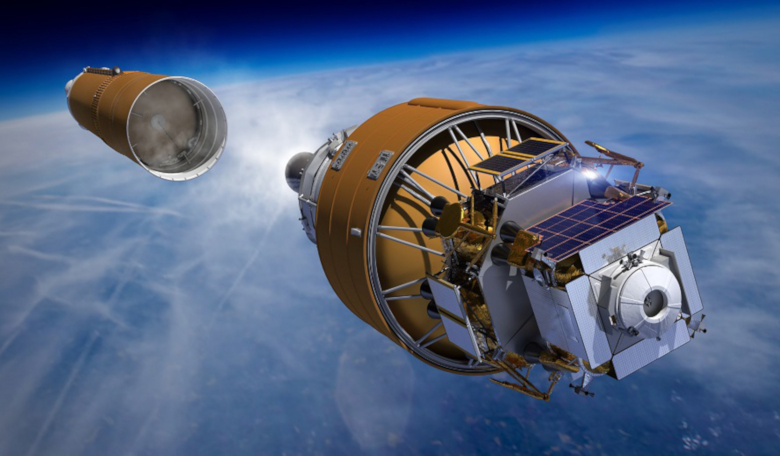NASA’s call to industry asking American companies to provide an integrated human landing system for the agency’s Artemis lunar exploration programme, has been answered by space manufacturing giant Boeing with a design that specifies it will ensure a ‘fewest steps to the Moon’ approach that minimises mission complexity.
The company’s proposal, which was submitted to the US space agency yesterday, calls for delivering the lander’s Ascent Element and Descent Element to lunar orbit in one rocket launch, therefore negating the need to send multiple segments into orbit on multiple launches.
This approach would cut down mission critical events from 11 down to five to help maximise crew safety say Boeing.
“Using the lift capability of NASA’s Space Launch System (SLS) Block 1B, we have developed a ‘Fewest Steps to the Moon’ approach that minimizes mission complexity, while offering the safest and most direct path to the lunar surface,” said Jim Chilton, senior vice president of Space and Launch for Boeing Defense, Space & Security.
Under its proposals, once in orbit, the integrated lander will rendezvous with astronauts aboard Orion or the Gateway before taking the crew to the lunar surface. It can also carry itself from lunar orbit to the surface without an additional transfer stage or “space tug,” to eliminate the need for an additional spacecraft.
Perhaps no surprise is that its key technologies are based on Boeing’s CST-100 Starliner spacecraft, which will be used to transport crew to the International Space Station (ISS).
The spacecraft completed a successful pad abort test earlier this week and it is due to participate in an upcoming Orbital Flight Test to the ISS later next month.
One potential fly in the ointment as far as timing goes is that Boeing’s design relies on NASA’s SLS rocket. Once complete, the agency’s behemoth super heavy-lift expendable launch vehicle will be the most powerful rocket that NASA has ever built - but getting it built is another matter altogether and the program is often reported to be suffering from delays and spiralling costs.
But say Boeing, they are confident that they can uphold their end of the deal and will ensure on-time delivery of their innovative HLS in support of a 2024 lunar landing.
“Whether serving in NASA’s 2024 or 2025 mission slot, Boeing’s approach maximises return from agency investments in previous and ongoing programs to allow for the simplest and therefore highest probability path back to the lunar surface,”











